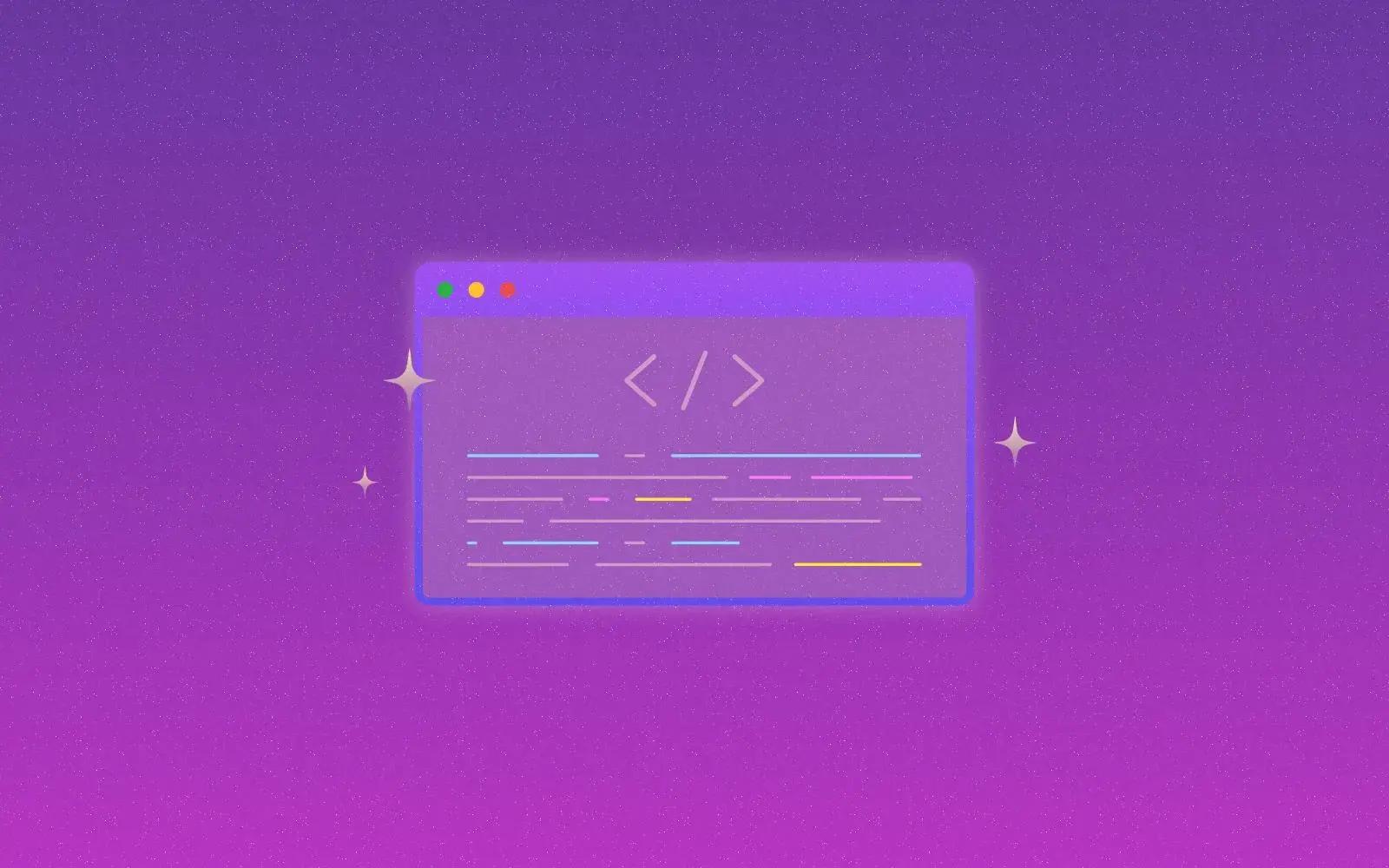
Code Refactoring - When You Need To Improve Your Code
Like most programmers and developers, we enjoy our job very much. Coding can be delightful - until a frustrating ongoing issue spoils our workflow. From our perspective, it is an issue. However, for businesses, the results may vary between a sharp financial loss and calamity. The errors sometimes will appear only when the development reaches the in-production stage. How to mitigate this risk? Our answer is code refactoring.
Table Of Contents:
- Code Refactoring - Meaning
- Refactoring The Code - Challenges To Meet
- Does My Application Need Code Refactoring?
- When Do We Need To Refactor?
- How Much Does Refactoring Costs?
- The Benefits of Code Refactoring
- Code Refactoring - Conclusion
Code Refactoring - Meaning
Code refactoring is a common practice among IT specialists. It is essentially the operation of repairing the already existing code without adding any extra functionalities.
Let us now pause for a second. Do we consider operating on our code’s base without the purpose of adding some extra function to improve our offer? To that, our answer is yes.
Code refactoring is one of the aspects that every programmer has to perform. By doing so, we make sure that the code’s quality is top-notch. That results in our application being a stable, well-performing product.
Code Refactoring - When Do We Do It?
Code refactoring can influence many areas of your application's sustainability. That includes:
- readability,
- maintainability,
- code scalability.
Refactoring the code is also intended to increase performance and increase developer productivity. After all, instead of tracking the errors ipso factum, we ensure the code's high quality at the get-go.
Code refactoring is also a significant component of the Agile methodology workflow. The custom is to maintain refactoring the code from one sprint to another. That ensures its well-performing quality.
How badly-performed code refactoring may influence your application? We can highlight the following issues:
- duplicate code,
- establishing too many responsibilities per class or method,
- invalid responsibility allocation,
- circular dependencies in classes.
In short, refactoring the code leads to its structure simplification. All the clutter can negatively impact your code’s performance. Regular, thorough refactoring leads to smooth and uninterrupted app development.
Refactoring The Code - Challenges To Meet
As you can see, the refactoring process brings many benefits. However, some developers disincentivize from that practice. There are several challenges to meet in this process. That includes:
-
There Is No Time For That
A defined timeframe within the Agile workflow constitutes the most vital issue of code refactoring. If our schedule is already tense, sometimes it is difficult to include that practice in your workflow.
-
Backward Compatibility
Sometimes, the older version of our software works fine. If the app’s users rely on the already existing solutions, some developers may resign from performing the refactoring.
-
If It Works Just Fine, Why Spoil It?
Many programmers are guilty of this one. The logic behind that issue is simple - if the code works fine, there is no need to improve it. In addition to the cutthroat timeframe, that train of thought is prevalent among developers who skip refactoring.
-
What If I Have To Re-Test The App?
Sometimes, automated testing is not available for us. In such cases, usually, the developer is responsible for that extra duty. That additional effort of manual testing can be discouraging.
-
What If I Do Something Wrong?
A common fear among programmers is that refactoring will negatively affect the application’s ongoing performance. In consequence, the issue will become problematic not only to them but also to the software house’s clients.
Does My Application Need Code Refactoring?
There are many motives for refactoring. There are also quite a few reasons why some developers choose to skip this step. Let us now outline reasons why you - as a client - should reach for such a service.
-
Weak Code Architecture
There are projects developed in a rush. The general atmosphere pressuring the application’s release schedule more than its integrality or maintenance facilitation may result in the weak application’s overall performance.
-
Too Many Cooks Spoil The Broth
Were there numerous freelance programmers involved in the application development? If so, the code style may lack consistency and coherence departments. In such cases, code refactoring may bring well-needed stability.
-
Key Concepts Are Not Validated
The IT solution creation usually involves verification of the implemented concepts. That usually goes one of the two following ways:
- The idea presented with the involvement of the stakeholders and investors,
- Checking out the idea’s validity on a narrow focus group.
Each of the situations demands the resources be vastly constrained. However, after your idea receives a thumbs-up, you need to implement more thorough architecture implementation. Otherwise, you will create a construct based on small code samples that may cancel each other out.
-
Old Technology Stack
Rapid technological advancement is also a factor to consider. Multiplatform app adaptation has become a norm - which was not the case even a few years back. With that in mind, you should consider an appropriate course of action and decide, if your website needs a full revamp. Alternatively, properly - induced code refactoring may be just what you need.
When Do We Need To Refactor?
There are several situations that point out the necessity of going along with that methodology. They derive from the motives we have enumerated below and can become an obstacle to your brand’s digital presence. Let us now dive in and decide, if there is a need for you to perform this activity.
-
The App’s Code Is Filled With Errors
Some problems with the app’s workflow appear only when it is running "for real". Such situations point out the necessity of polishing up the code’s structure a little bit. Even more frequently, the efforts to fix it lead to compatibility problems with another code part. Your application’s structure oftentimes behaves like a living organism. To balance everything out, we need to look at it holistically.
-
Your App Is Slow
If your app has been given an extra functionality or has been modified throughout the years, chances are that the upgrade’s code is not as compatible as it could be. The more data we add to the app’s database, the more time it needs to process it. To that equation, adding that the initial server bandwidth was not planned to involve such data capacity - et voila! There is our reason to refactor the code.
-
The App Development Takes Too Long
The main aim of IT enterprises is to release a stable, well-rounded product. To do so, the programmers often need to step out of their boundaries and ipso facto refactor the code. That may add too much workload and - consequently - cease to be profitable for the product owner.
-
Some Features Do Not Get To Be Developed
Bringing in a new component or feature simply may not have been worth putting in the trouble. If you plan to be cost-effective and avoid unnecessary expenditure, be open to the developers’ suggestions.
How Much Does Refactoring Costs?
This question definitely falls into the "it depends" category. Generally speaking, we can estimate the cost of refactoring the code in the form of man-hours to be taken. Depending on the size of the application, code refactoring can take anywhere from 100 to more than 2,000 hours.
- Updating the stack up in small projects can take from 50 to 150 hours.
- In contrast, large projects requiring changes to the backend and front end take about 500 hours.
This kind of service takes a lot of time - which means that in the standard pricing model, it will be a costly operation. Do not think of code refactoring as an unnecessary expenditure.
The expert outlook on the whole application architecture is an investment. More stable and sufficient software brings many benefits. Let us now have a look at some of them.
The Benefits of Code Refactoring
There is a saying referring to “Better be safe than sorry”. That ideally reflects on the code refactoring procedure which focuses on error prevention. With that in mind, let us now see holistically how the code refactoring affects our software - and why it is worth introducing the Agile methodology.
-
Reducing the Costs Of Maintenance
Invest now and save later. Code refactoring enables you to identify the errors at hand. That means you can quickly act on them, letting you avoid the situation where you need to spend extra time to find the core issue.
-
Simple, Elegant Code To Rule Them All
Standardized code and the modular nature of your app’s code architecture means that it will be easier to introduce changes. And that is a positive outlook into the future - which your business surely will value.
-
Improve The Code Without Impacting Sofware’s Functionality
Your business does not have to cease its operations to perform code refactoring. This procedure can be performed quickly and make your app run effortlessly.
How Often Should We Refactor Software Code?
We follow the TDD principle which points out the cycle of Red, Green, and Refactor cycle.
In short:
- Red - write a test to showcase the quality of your code that needs further work.
- Green - create enough code to pass the above RED test. Add only the bare minimum of the code needed.
- Refactor - Improve the code design and readability while keeping the code sufficiently pass the tests.
Each of such cycles should not take long - approximately from one minute up to half an hour.
Have the TDD got your curiosity? Get to know more about the TDD testing methodology on our blog.
Code Refactoring - Conclusion
Code refactoring oftentimes happens to be a new, undisclosed, often unplanned investment. That is the scare factor of it - however, we need to remember that performing the refactoring on a standardized basis brings plenty of benefits.
What do we need to remember? Among others, provide your developers with clear and comprehensive information about your short-term and long-term plans. That way, we can integrate refactoring with implementing new features, particularly when you anticipate the alteration of existing functionalities soon.
Share this post:

Stay updated with new posts
Get notifications when new articles are posted. You can always unsubscribe from the list.
Softnauts is committed to processing the above information. Read Privacy Policy

